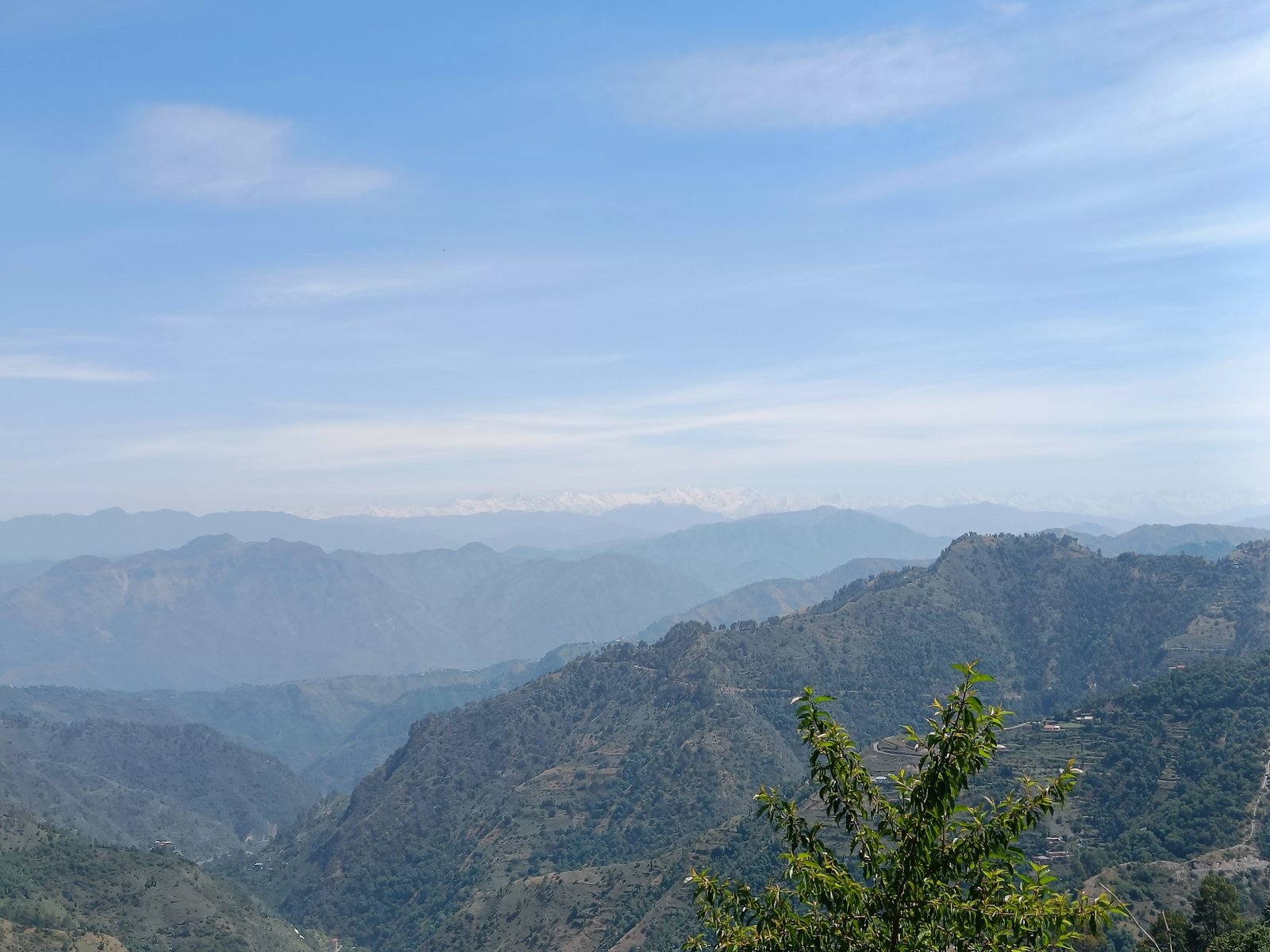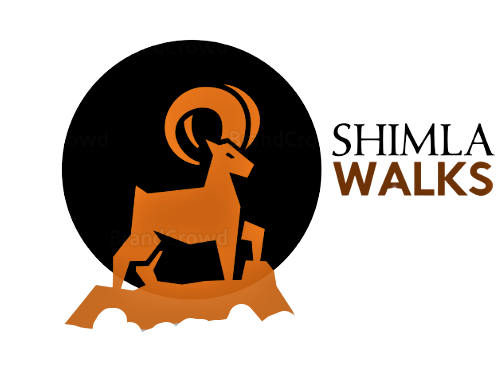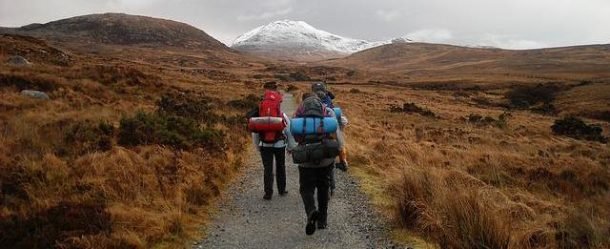
Have a hill experience of the hills in terms of culture, architecture, lifestyle, remote villages, fruit orchards, and rolling meadows. All that close to Shimla, and there is no better option than to visit village Dalog in Kandru Valley. This is a new hill station. Absolutely unexplored and untouched by the bustling city life, Dalog recently got connected with a road to Matiana, 45 kilometres from Shimla and 19 kilometres short of Narkanda.
Kandru Valley Landscapes
Nearly 50 km to the north of Shimla, a dust road branches off to the left, to a new valley. The landscape begins with some attractive glimpses of rural life in the hills. Here one can see people working in the fields. The first inhabited village is Dalog which comes after thirteen kilometres. This village remains hidden in thick woods and the road continues to take you to Nag Jubber, the next inhabited village on the route, at a distance of eight kilometers. It descends continuously to Nag Jubber where the forest thins, bringing you to a point from where an Eagle eye view of the Kandru Valley fascinates you.
Locals of the Hill Station
You stand stunned and then automatically your hand moves to pull out your camera. This place might take you a few minutes to admire the beauty of the hills. Here you will have certain glimpses of typical hill life such as cattle grazing in the pastures, people working in the fields with their traditional tools, winding roads, wooden houses with slated roofs, Toli – grass piled up in heaps, and men smoking hookah in their Lohia – a traditional coat and ‘Topi’ – the traditional hat. Women wear ‘Dhattu’ – a scarf to cover their heads. Generally during the day men work in the fields and remain at home for the rest of the time. The economy of the area is based on apples, some stone fruits, and vegetables widely grown.
Lifestyle of Locals
There is an old temple in the village dedicated to a local deity who holds a supreme position in the area. For every occasion worship is performed collectively, may it be about the development of the villages, a marriage in a family, or the harvesting of crops. From here you have the option to walk down for nearly three kilometres and ask your driver to meet you at the next curve. A gentle descent of the dust road brings you to Mohdi. You will be surprised to know that there is no habitation in Mohdi and still has a name. You still have to drive another five kilometres to reach Thathal, the area once famous for slate mines, used for the rooftops. Nearly seven years ago, mining was absolutely banned by the government to protect the environment.
Something more about the hill station
Kotighat is the thickest populated village on this trail. The village has a small market with five or six shops, and old but renovated houses – all made of wood and roofs covered with slates. Some new buildings also have tin roofs that reflect in sun. This is the only place where one can have a break and enjoy a cup of tea with a pleasant view in front. You might see some schoolchildren walking to their houses with their school bags. They look at you and might smile at you as they do not see many strangers for long. Some of the streams remain dry during summer but sprout all of a sudden during monsoon. These are commonly and locally known as ‘Pagal Nullahs’ – the mad streams as they do not leave any chance for passers-by to escape, so be careful.
The Last Stretch
From here onwards, for the next eighteen kilometers, a mountain stream plays hide and seek with the road and keeps you encouraged to amuse yourself with your camera. There are a number of tiny villages consisting of 10 to twenty houses, on the way. Most of them are away from the main road but are connected to it with a narrow trail. If you are interested, get out of your vehicle and walk up to any of them to interact with the villagers. Here the dust road joins the main road coming from Basantpur. This is a well-maintained road by the Indian Army. Some part of the road passes through a rocky portion so be careful as a rock can block your way, especially during monsoon. Further on the road extends to Narkanda where a few budget Hotels and Guest Houses provide accommodation to travelers.
Explore Hill Station with us
To explore the areas around Shimla click here and learn more about our experiences.
By . . . . . . . . . . . Sumit Raj


